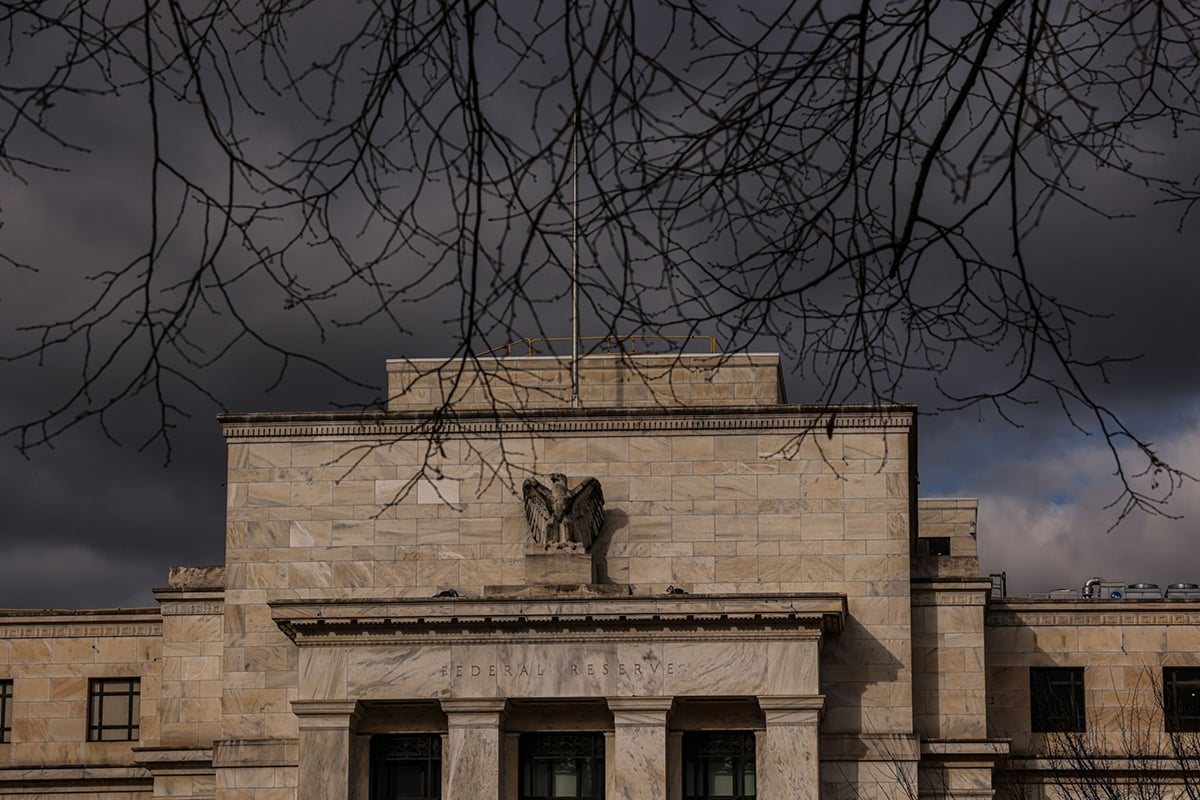Computer breakdowns shook American equity markets again today asmalfunctioning software that feeds data between exchanges promptedNasdaq Stock Market to halt trading in thousands of stocks andoptions.
|Nasdaq said trading in shares it lists had been stopped amidissues at its Securities Information Processor, the feed thatdisseminates quotes and prices. The second-biggest stock marketoperator in the U.S. halted transactions in what it calls Tape C,which comprises all Nasdaq-listed securities.
|Buying and selling in many of the country's most heavily tradedshares, from Apple Inc. to Intel Corp. and Facebook Inc., ground toa virtual halt as brokers were unable to execute customer orders.The Nasdaq 100 equity index stopped moving shortly after noon,according to data compiled by Bloomberg. The Dow Jones IndustrialAverage, which has Microsoft Corp. and Cisco Systems Inc.,continued to update.
|The disruption, just two days after options markets were roiledby mistaken trades sent by Goldman Sachs Group Inc., is the latestin a series of computer malfunctions that have raised questionsabout the reliability of electronic markets. Nasdaq faced criticismlast year when its computers mishandled the public debut ofFacebook, causing hundreds of millions of dollars in losses for itsmember firms.
|“This is just another one of those headaches that are going onwith this electronic stuff,” Frank Ingarra, head trader atGreenwich, Connecticut-based NorthCoast Asset Management LLC, saidin a phone interview. “That's why it is important that you havemultiple venues.”
|The action froze stocks both on Nasdaq's platforms and dozens ofother markets around the country that trade securities it lists.Companies from Bats Global Markets Inc. in Lenexa, Kansas, toJersey City, New Jersey-based Direct Edge Holdings publishednotices saying they were adopting Nasdaq's halt.
|Even though the action was specific to stocks Nasdaq hosts, itdepressed volume marketwide.
|Securities on Nasdaq have a combined market capitalization ofmore than $5 trillion, based on the value of the 2,446-memberNasdaq Composite Index. For securities that list on the New YorkStock Exchange, it was “business as usual,” according to Sara Rich,a spokeswoman.
||Trading Breakdowns
|The breakdown is one of a growing number of trading failuresthat have coincided with the expanding complexity of globalfinancial markets. U.S. equity trading, which began with on WallStreet more than two centuries ago and was dominated by the NewYork Stock Exchange, has become dispersed among more than 50computerized platforms accessible around the world.
|“It has essentially halted” trading, Ian Winer, director ofequity trading at Wedbush Securities Inc., said in an interview.“We cannot execute customer orders in any Nasdaq security, so weare basically in a wait-and-see mode from Nasdaq.”
|Signs of strain appeared earlier when NYSE's Arca canceledorders for Nasdaq shares and other exchanges routed orders awayfrom the electronic platform through a procedure known asself-help. Just before 12:30 p.m., shares of Yahoo! Inc. brieflyplunged more than a dollar over about a dozen trades. Intel surged20 cents or more in a handful of transactions.
|“We are monitoring the situation and are in close contact withthe exchanges,” Securities and Exchange Commission (SEC) spokesmanJohn Nester said.
|Options markets were bombarded with erroneous orders two daysago when an internal computer at Goldman Sachs malfunctioned.Options officials at Nasdaq as well as NYSE Amex and CBOE Holdingsspent almost a day reviewing orders for cancellation.
|In May, Nasdaq agreed to pay $10 million to settle SEC chargesrelated to the initial public offering of Facebook. Regulatorscited it for its “poor systems and decision-making” during the IPOin May 2012 that was delayed when the software that collects ordersfell into a loop. Nasdaq agreed to the settlement without admittingor denying the SEC's findings.
|The SEC penalty was imposed because Nasdaq failed in itsobligation to ensure that systems, processes, and contingencyplanning are robust and adequate to manage an IPO withoutdisruption to the market, the agency said.
|Legislation that created the Securities and Exchange Commissionin 1934 also deemed the main venues self-regulatory organizations,or SROs, overseeing their member firms and trading. Critics saidthe Facebook mishap shows how changes in the structure of marketshave made old regulations obsolete and that firms such as Nasdaqshould be regulated like any other for-profit company.
|Exchanges have close to absolute immunity for actions taken aspart of their regulatory duties. The doctrine arose when exchangeswere not-for-profit organizations owned by their member firms. Theshield protects them from lawsuits related to the exercise ofpowers delegated by the SEC and prevents financial losses thatcould jeopardize institutions seen as vital to the U.S.economy.
|Copyright 2018 Bloomberg. All rightsreserved. This material may not be published, broadcast, rewritten,or redistributed.
Complete your profile to continue reading and get FREE access to Treasury & Risk, part of your ALM digital membership.
Your access to unlimited Treasury & Risk content isn’t changing.
Once you are an ALM digital member, you’ll receive:
- Critical Treasury & Risk information including in-depth analysis of treasury and finance best practices, case studies with corporate innovators, informative newsletters, educational webcasts and videos, and resources from industry leaders.
- Exclusive discounts on ALM and Treasury & Risk events.
- Access to other award-winning ALM websites including PropertyCasualty360.com and Law.com.
*May exclude premium content
Already have an account? Sign In
© 2024 ALM Global, LLC, All Rights Reserved. Request academic re-use from www.copyright.com. All other uses, submit a request to [email protected]. For more information visit Asset & Logo Licensing.







